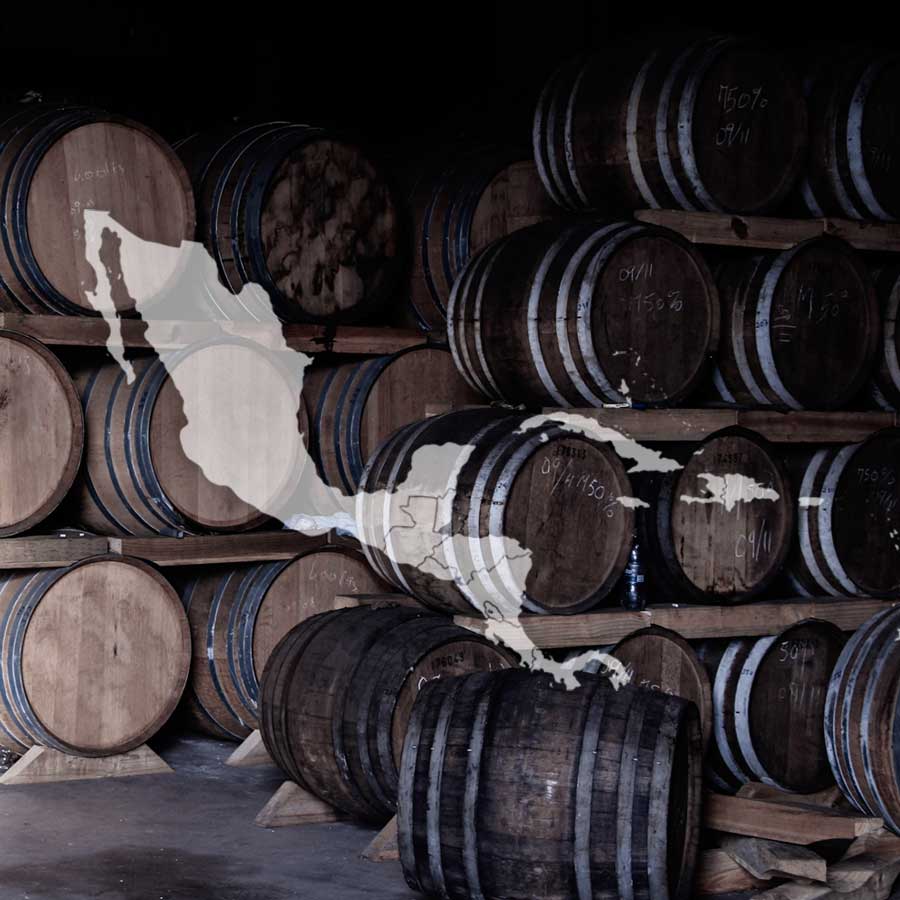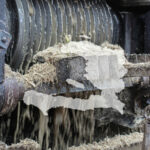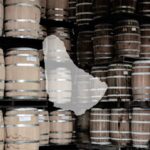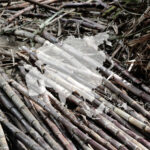Old rum from Central America, get to the bottom of the bottle
Why does an old rum from Central America develop this aromatic profile? Let’s go from the bottle to the cane to find out.

Photo d’illustration © Anne Gisselbrecht
You pay a visit to your specialist wine merchant. His rum stall is overflowing with a wide variety of bottles, and your eye catches a glimpse of bottles with Spanish-sounding labels from Panama, Costa Rica, Guatemala and Nicaragua.
Your wine merchant explains the category to you, explaining that some of these ‘rons’ are sweetened and others are not. To give you a taste of these two styles, and because you don’t mind a little sugar, you leave with two bottles of different nationalities under your arm, or in your buggy.
Impatient as you are, as soon as you cross the threshold you pop the corks on your two new conquests. Two centilitres of each in a pair of tasting glasses, nostrils sharpened, attention focused, you’re ready!
Perhaps you were expecting more of a difference, but you’re almost disappointed – the two noses are quite similar. Of course, there are subtle differences, but the general framework is the same: vanilla, wood and caramel.
The personalities of these rums nestle in aromas of orange zest, chocolate, tobacco, nuts, coconut, spices and coffee.
Why do two rums from different countries, one sweetened and the other not, have such similar ranges? Why are organoleptic profiles so influenced by ageing?
Because that’s what’s happening here: the years spent in contact with the wood are responsible for the aromas and flavours of these rums. You’re no fool, you’ve noticed that these liquids aren’t translucent, which can only mean one thing – in your opinion – you’re dealing with aged rums.
You’re not entirely wrong – I’d even go so far as to say that you’ll be right in most cases – but be warned: the addition of caramel colouring is a widespread practice in the world of rum. So relying on the colour of a robe to tell you whether a juice is more or less old is a mistake.
Be that as it may, our two old rums from Central America are nonetheless… old rums. But what are the reasons why ageing has left such an imprint?
The reason is quite simple: the distillate (the liquid fresh from the distillation column) had little character. In most Central American countries, distillation is carried out on multiple columns, enabling very high percentages of alcohol to be reached, up to 96%.
It’s important to understand that, in this case, there’s not much room left for the elements that bring out the flavours and aromas.
This distillate, which is close to neutral, has almost no flavour; think vodka. So it leaves all the room in the cask.
The cask does not hold back and will literally colonise the liquid with its aromas, the ones you found when you put your nose in your two glasses.
I must make a note of the fact that this method of production is not systematic in this part of the world. There are, of course, exceptions.
Some distilleries use column blends and iron stills (modelled on the stills used in cognac or single malt whiskies).
The result is rums with a stronger character, in which the cask has (slightly) less influence.
The preceding stage, fermentation of the molasses (yes, these are industrial rums), is also carried out to limit the creation of aromas. This phase plays a central role in the appearance of the aromas, with distillation subsequently making it possible to select and concentrate them (as well as increasing the alcoholic percentage).
The shorter the fermentation time, the less time the chemical reactions have to take place to create the aromas. In Central American countries, fermentation time is traditionally very short (rarely more than 36 hours). The yeasts are selected to transform the sugar into alcohol as quickly as possible.
To sum up: white rums are produced so that they have very little flavour. Then comes the key stage in the production of these rums: ageing.
So it’s easy to understand the importance and particular attention that brands pay to this. The role of the cellar master is central, as is the quality of the casks used (ex-bourbon casks in 99% of cases).
Now that all this is (hopefully) clearer, it’s time to see the difference between the two bottles you bought. And that’s on the palate.
There’s no doubt about it: one presents itself to the palate in suave finery, while the other remains dry and straightforward. The flavors continue to evolve in parallel. However, the impressions are very different. The watered-down rum gives the impression of being fatter and rounder, while the second, perhaps less amiable at first, delivers itself without artifice.
It’s all a question of dosage and personal taste.
Some rums flirt with the limit of 20 grams of sugar per liter, beyond which a rum loses its appellation and becomes a rum-based alcoholic beverage. Others add only a small amount of sugar to complete the final taste, comparing the practice to adding salt to a dish.
Consumers, once informed (which is not always easy, given the general lack of clarity and transparency on the subject), and according to their taste, can then opt for one rum or another.
So now you understand how Central American rum profiles are created.





